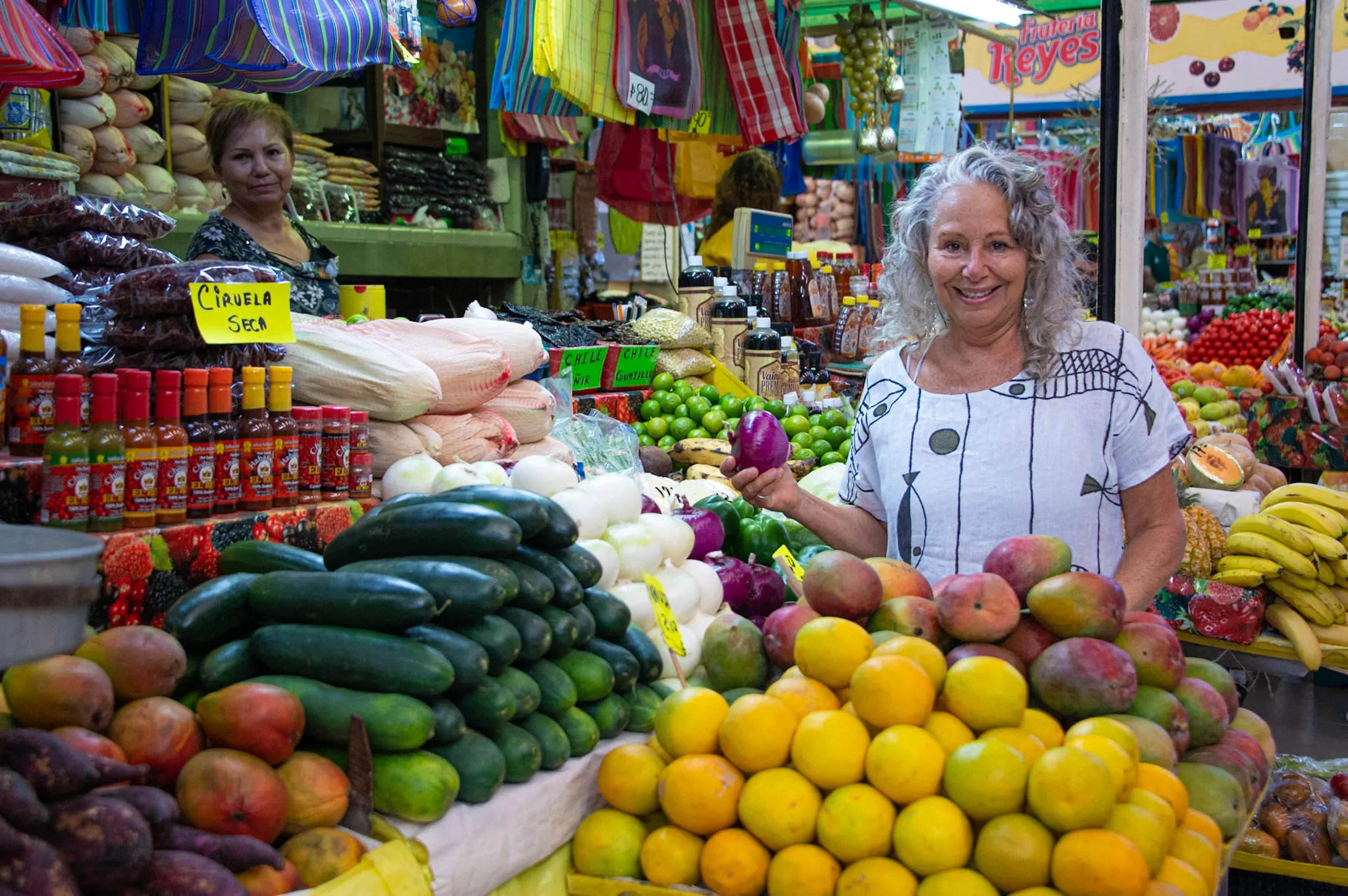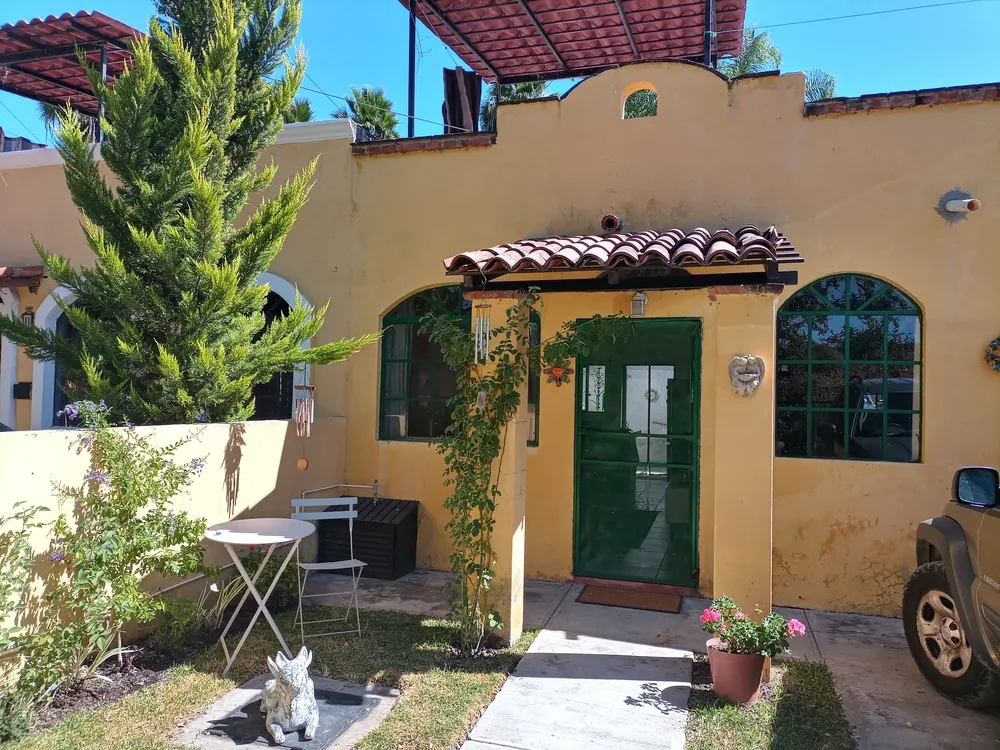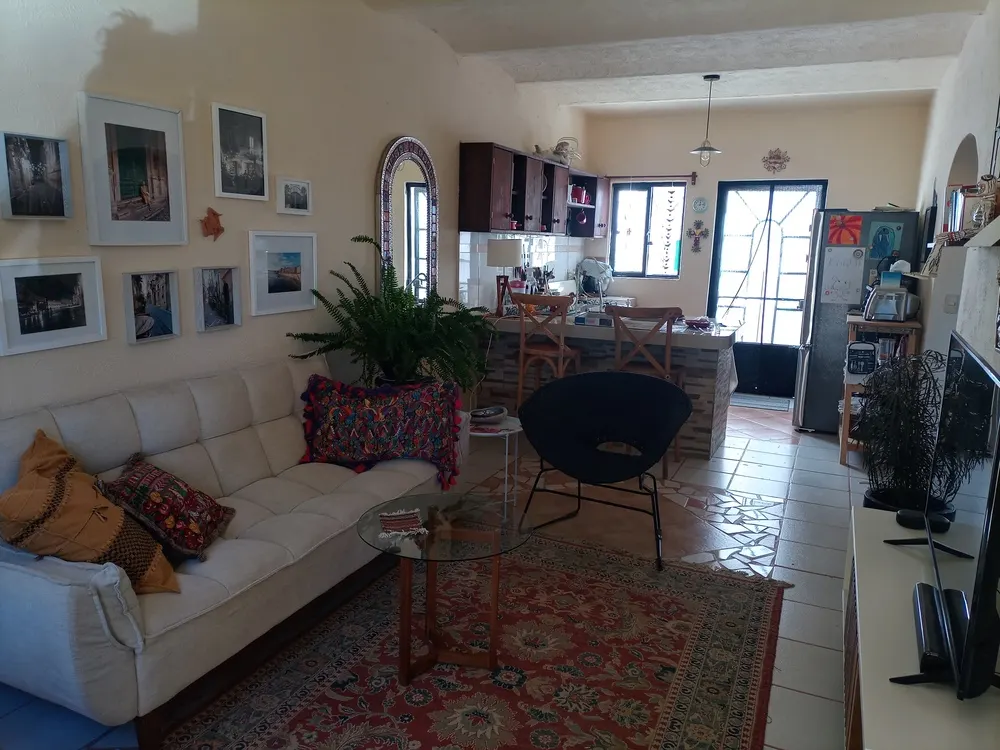It was 2006 when I moved to Mexico, fulfilling a lifelong dream of living in a tropical climate. I chose Mazatlán, a mid-size city on the west coast, which I had fallen in love with while on vacation. I was 50, and although I resigned from my full-time job, I kept one part-time editing job online. I had also planned to use some of my savings while starting my own business: a monthly English magazine to serve the burgeoning foreign community I had observed there. It was a loose, not-quite-formed financial plan that, somehow, ended up being quite successful.
That was almost 20 years ago, and a lot has happened since then.
Get Your Free Mexico Report Today!
Get Your Free Mexico Report Today!
Learn more about Mexico and other countries in our daily postcard e-letter. Simply enter your email address below and we’ll send you a free special report – Mexico: The Perfect Close-to-Home Retirement Haven.

By submitting your email address, you will receive a free subscription to IL Postcards, The Untourist Daily and special offers from International Living and our affiliates. You can unsubscribe at any time, and we encourage you to read more about our Privacy Policy.
I learned Spanish—not fluently, but enough to communicate well, speak publicly, and feel comfortable doing so in most situations. I built a warm, supportive community of both locals and expats that made my everyday life brighter and more fun. Living right on the Pacific Ocean, I learned to surf—another longtime dream—and spent countless happy hours in the water. I traveled around México, visiting fabled places like Oaxaca, San Miguel de Allende, Sayulita, and Puerto Vallarta. I started the magazine, M!, publishing it for 10 years before selling it when I began taking my Social Security. I wrote a book about living in Mexico, and my freelance career blossomed. Life was good.
Then came COVID, bringing with it the isolation, fears, and changes that people all over the world were experiencing. Almost immediately, I closed up my apartment, paid my rent and bills a few months in advance, and loaded my cats and a couple of suitcases into my car. Worried about the capability of the local hospitals and any potential need for care as a foreigner during a pandemic, I thought I would ride it out in the U.S. with one of my grown kids—a vacation of sorts. Little did I know it would be a year to the day before I returned to my beloved Mazatlán.
It was a harrowing time to be in the United States, and for me, 2021 was a dichotomy of wonderful family time juxtaposed with the harsh reality of what the U.S. had become since I left almost 20 years earlier. “Open carry” and guns in public terrified me; the political anger and harsh divisions felt abrasive, unnecessary, and just plain scary. That year confirmed for me that America was no longer my home. I packed my car once again, and my cats and I made the long drive from Portland, Oregon, back to Mazatlán.

Good friends offered me their vacation home to stay in while I looked for a place to rent. As I drove around my old haunts, I was shocked. Somehow, Mazatlán had been able to capitalize on the pandemic, promoting the laid-back beachfront town all over Mexico as a great place to let kids do their online classes and ride it out. People came; the city boomed.
The town I left had grown and was now bursting at the seams with development, tourists, and all the issues that come with too much growth, far too quickly. The iconic malecón fronting the ocean was now lined with 20- and 30-story condos and hotels—or construction sites heralding more to come. Instead of palm trees, Mazatlán’s beautiful sunsets now had a backdrop of giant cranes and bumper-to-bumper traffic. It was not where I wanted to live anymore. But where to go?
Suddenly, the Lake Chapala area—about six hours south and inland—popped into my head as an option. I started mentally checking off things that mattered to me. I knew I would miss the ocean; that was the hardest thing. But a quieter, more peaceful lifestyle in a smaller town without the 24/7 party vibe of Mazatlán felt like what I needed. After almost 20 years of living in Mexico, my priorities had changed.
I had a few friends there already—folks I met in Mazatlán who had moved there for the milder climate and small-town lifestyle. But they discovered other things as well: great medical care; proximity to the sprawling metropolitan city of Guadalajara (with its international airport, top-tier entertainment, and shopping and restaurants galore); and the natural beauty of Mexico’s second-largest lake and surrounding mountains.
Intrigued, I arranged a visit, opting for the bus instead of driving and staying at an Airbnb near some friends in San Antonio Tlayacapan, a small pueblo of about 7,000 people halfway between the bigger, more popular, and well-known towns of Chapala and Ajijic, right on the lake. “Bigger” is relative, though: Chapala’s population is around 57,000, and Ajijic’s about 22,000 (much smaller than Mazatlán, a bustling city of 650,000).
The Lakeside area, as it is called, is known for great medical services, which is one of the draws for retired expats. It has the most assisted living and senior care facilities of any expat community in the country, and a good number of hospitals, some of which can bill Medicare and private U.S. insurance. Specialists also come from Guadalajara, Mexico’s second-largest city, about 40 minutes away. It seemed to be the best of both worlds: a small-town feel but with easy access to the “big city” amenities I wanted.
The entertainment scene is rich and vibrant, with several theaters, lots of live music, and a sophisticated restaurant landscape. Ajijic, especially, is a charming Mexican town with cobblestone streets, a lively central plaza, and a multitude of shops featuring artisan crafts from all over the country. Each town also has its own malecón, or boardwalk, along the lake, with benches, cafés, and beautiful vistas.
Lakeside has a good mix of locals and expats, and maybe because there isn’t an overwhelming presence of foreign tourists, it feels less frenetic and more “authentically Mexican,” accepting of everyone, wherever they’re from. Chic espresso shops are next to family-owned fruterías; street stands offer traditional tortas and tacos, while elegant boutique hotels hold Sunday brunches and serve Eggs Benedict.
In the center of Ajijic is the Lake Chapala Society, a nonprofit community center started 70 years ago and dedicated to enhancing the quality of life for all the area’s residents. It hosts an impressive array of classes, workshops, performances, and lectures, surrounded by beautiful gardens, a lending library, and a café.
I was pretty sure this was where I wanted to live, and the cute little yellow house I found to rent was the deciding factor. Just a few blocks from friends, it has a yard, gated parking, two bedrooms, a great kitchen, an enclosed patio, and a rooftop deck. At only $9,000 pesos a month (about $480, including water), it was below my budget. I met with the landlord, gave a deposit, and signed a one-year lease that started in three weeks.
On the bus back to Mazatlán, I made a plan: I would sell my furniture and appliances and start anew. As fate would have it, my best friend wanted to move into my apartment—and buy everything! It was a win-win for everyone and made the move much easier.
Because I live on a set income, I looked carefully at what my new expenses would be. Rent would be a little less. Utilities are about the same as in Mazatlán, although electricity costs are a bit lower because there’s not the same need for air conditioning.
The biggest change in my expenses has been spending more on food. That temperate climate means more things grow much easier than in the heat and humidity along the coast. Stores and markets have blueberries, strawberries, and raspberries year-round at unbelievable prices, as well as asparagus, artichokes, salad greens, and tomatoes. A more affluent expat community and proximity to Guadalajara’s big stores and import companies mean access to “gourmet” products like burrata, phyllo dough, aged Cheddar cheese, and Basmati rice.

I love to cook and bake, so this was important to me. As Mazatlán became more geared toward regional tourists, the food options shifted that way, too. Don’t get me wrong: I love Mexican food, but sometimes I want to make authentic lasagna or an Indian meal. It’s so nice to be able to find the ingredients I want and spend an afternoon cooking something new and different.
Another positive thing about living here is the Guadalajara airport. One of my goals this year is to spend more time with my kids and grandkids in the U.S., and it offers service from a plethora of airlines with affordable international flights—much more so than Mazatlán. That’s a big plus for me.
Although it hasn’t been long since I moved to San Antonio Tlayacapan, my little casita already feels like home. Small-town life might not be for everyone, but right now, this is definitely what I need. I love sitting in my garden and having coffee in the mornings with only birdsong in the background. I can happily hang out at home, but it’s a short drive to the charming towns of Ajijic or Chapala to meet with friends, do a little window-shopping, or go to one of the weekly outdoor markets. Almost every day, I walk down to the lake for some exercise, and Guadalajara isn’t that far away if I need a “city fix.”

My favorite time, though, might be sunset, when the soft, quiet night descends, blissfully free of the sounds of the city. A pygmy owl in the tree next to my house starts his oddly frog-like song, and as the stars come out, I revel in the close of another peaceful day.
This may not be my forever home, but it works for now. Since moving to Mexico, I’ve learned that the possibilities are endless, and the world, indeed, is my oyster. I came here almost 20 years ago without knowing the language, the culture, or the customs. I not only survived but thrived. Who knows where I might go next? As the saying goes, vamos a ver! We shall see!
How To Move Out of the U.S.
How To Move Out of the U.S.
The policy implications of the last election impacted your retirement funds, taxes, healthcare, and more. But you can protect yourself, your family, your future. In lots of safe, warm, friendly spots abroad, you can live comfortably on a budget from $2,000-$3,800 a month (all-in—housing and extras included). We’ll show you how—and where—to go.

By submitting your email address, you will receive a free subscription to IL Postcards, The Untourist Daily and special offers from International Living and our affiliates. You can unsubscribe at any time, and we encourage you to read more about our Privacy Policy.
